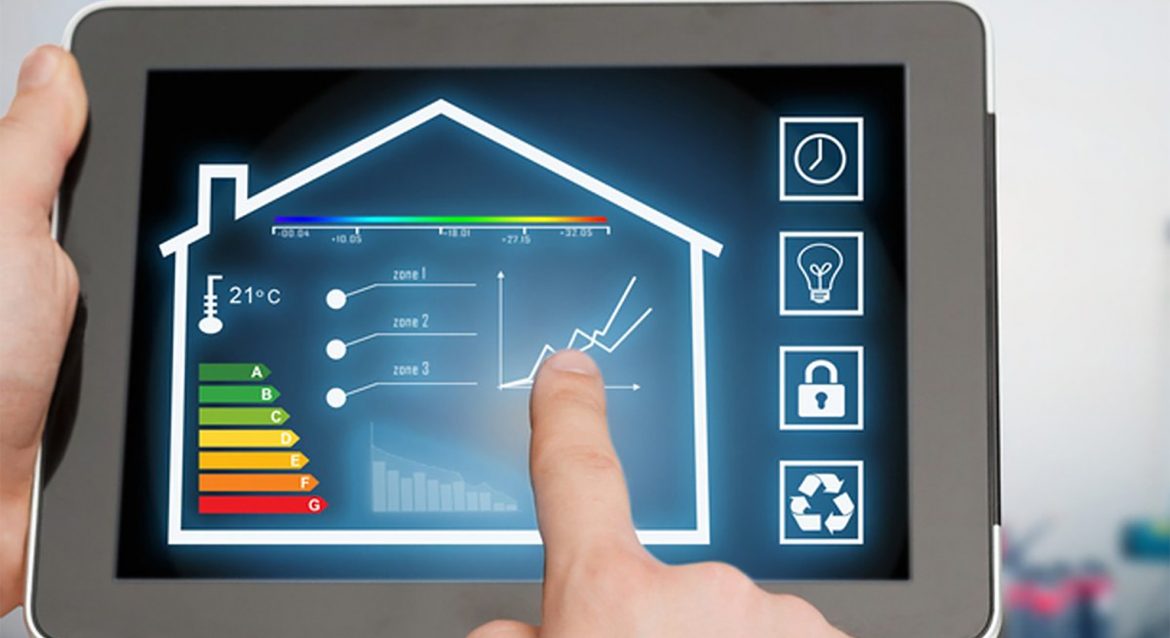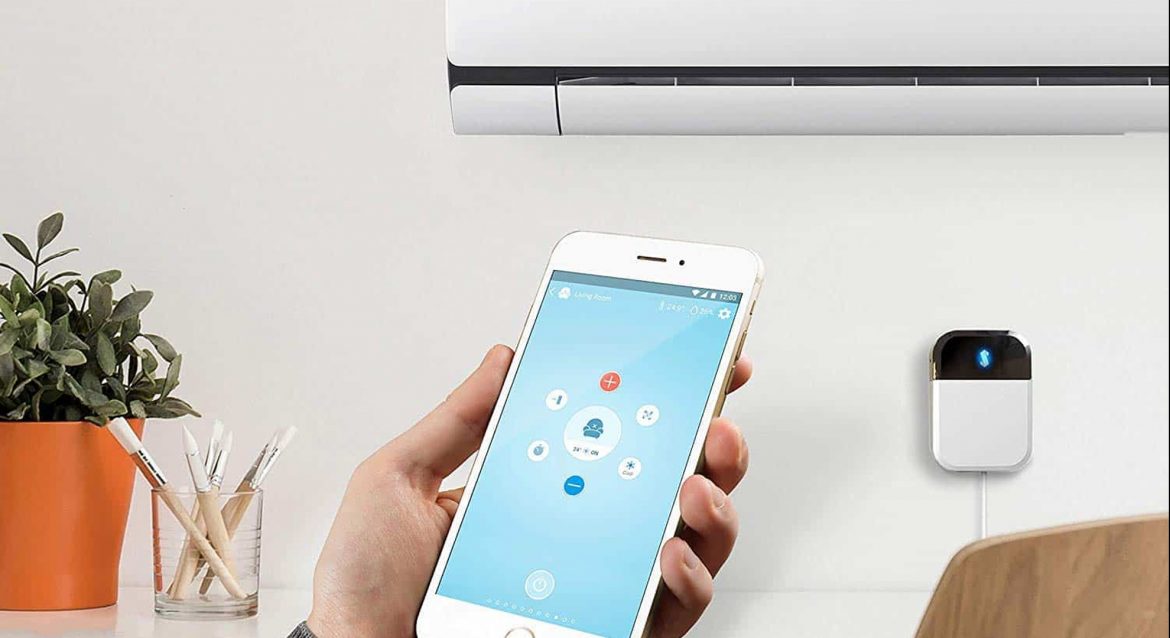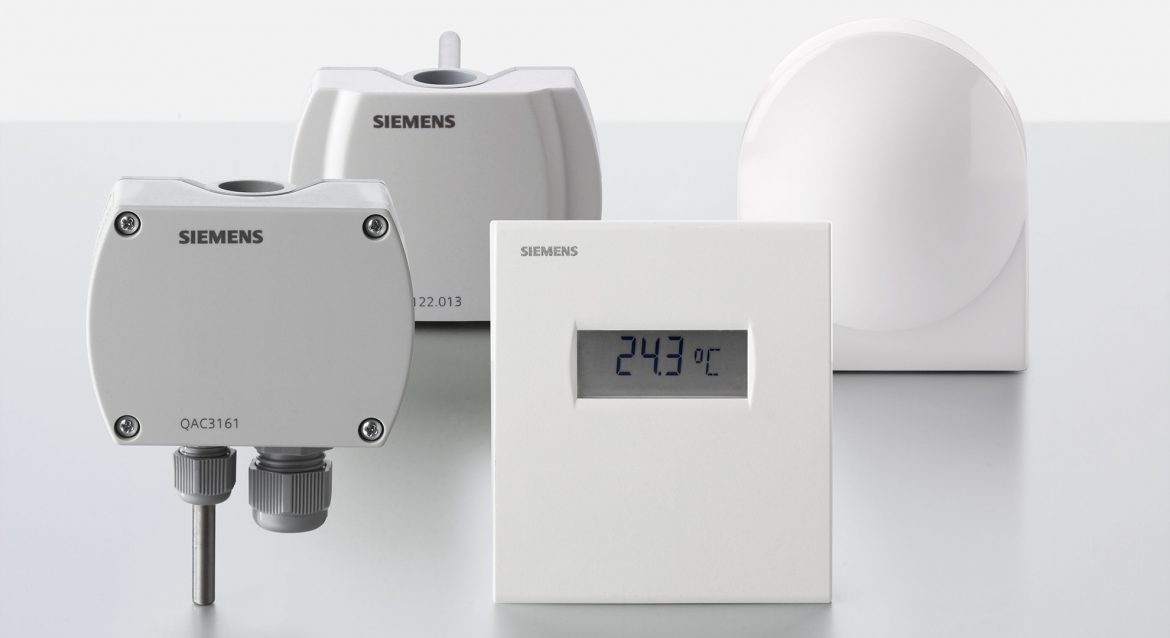In 2011, was developed the Learning Smart Thermostat. The Smart Thermostat attempted to reduce home energy consumption by addressing the problems with programmable thermostats through the use of better technology. This new technology included the implementation of sensors, algorithms, machine learning, and cloud computing. These technologies learn the behaviors and preferences of the occupants and adjust the temperature up or down to make the occupant comfortable when they are home and to save energy when they are away. Additionally, the Smart Thermostat connects to the home Wi-Fi. This allows users to change the temperature, adjust the schedule, and check energy usage from a smartphone or laptop.
Smart Thermostat actually programs itself by learning your behavior patterns and desired temperatures for certain days and times during the week and then building a schedule for your HVAC.
With the right climate control appliances, your smart home climate control thermostat system learns your habits and operates accordingly. Similarly, a smart thermostat helps automate your climate control and interact with other smart devices such as blinds or lights. You can set schedules, use various modes for automated temperature control, lock temperature settings for certain zones, save energy, control your heating and cooling even when away from home, and much more!
Smart thermostats are compatible with ducted air conditioning systems and consist of three basic components: One component is plugged directly into the HVAC system; this component communicates directly with the second component, i.e., the thermostat control itself. The third component is a smart app that enables you to utilize the features of your smart thermostat.
Zoned systems can control the temperature in individual rooms rather than the whole house
Zoned systems have the ability to control the temperature in individual rooms rather than controlling the temperature of the whole house. This can increase customization and energy savings because you can only turn on the heating or cooling system of an occupied room, excluding other areas that are empty during a particular time of the day.
Smart thermostats save energy, save money
Since the release of smart thermostats, a number of third-party studies have been conducted to determine if smart thermostats actually save energy and how they compare to manual and programmable thermostats with regards to savings. One study conducted an experiment in which 300 standard programmable thermostats were placed in homes and 300 Nest smart thermostats were placed in other homes. It is important to note that the homeowners involved in this study received proper training on how to properly use all of the thermostat functions. This effectively eliminated the issues regarding a human error with programmable thermostats. All homes were located within one region of Indiana, USA and had previously undergone home energy assessment
A similar study conducted in 2012 with the ecobee thermostat also concluded that smart thermostats are capable of saving energy. The goal of this pilot program was to determine the gas and electric savings of smart thermostats. This study provided 86 households with 123 ecobee thermostats and monitored the homes for 12 months. The study included 69 houses from Massachusetts and 17 from Rhode Island. The participants either had manual or programmable thermostats before the study was conducted. Gas and electric billing data were provided for 12 months before the study was conducted to use as a baseline. After the 12 months of observation, the study concluded that ecobee thermostats led to an average electricity savings of 16% and an average gas savings of 10%!








